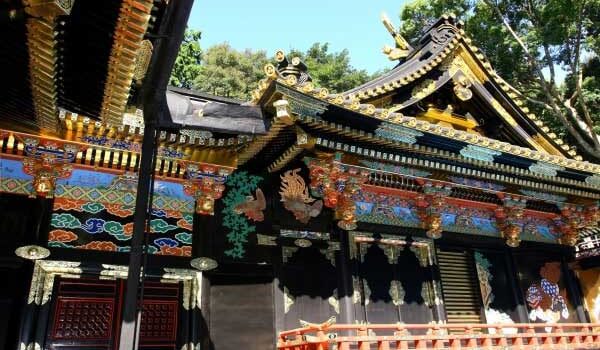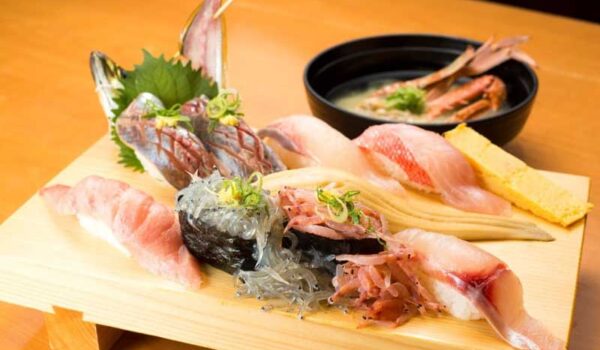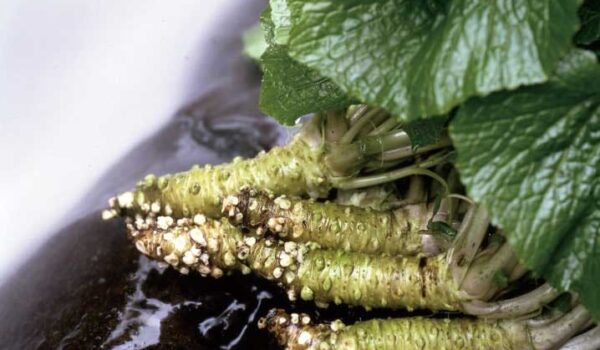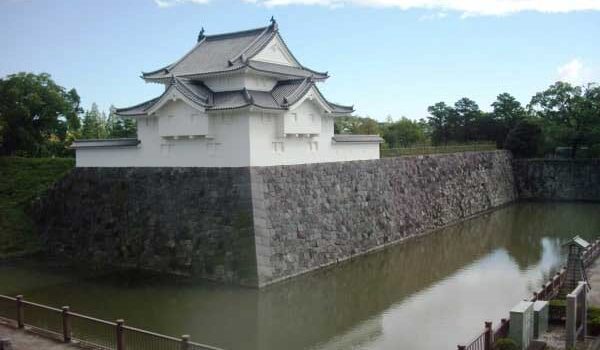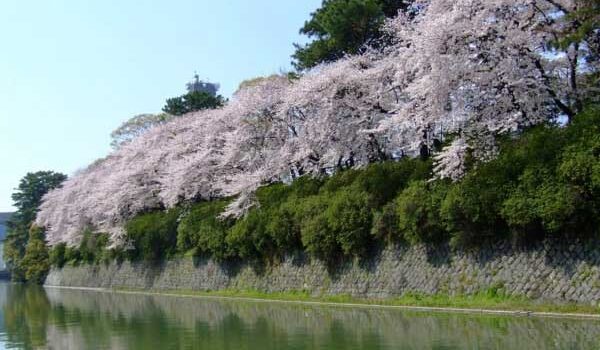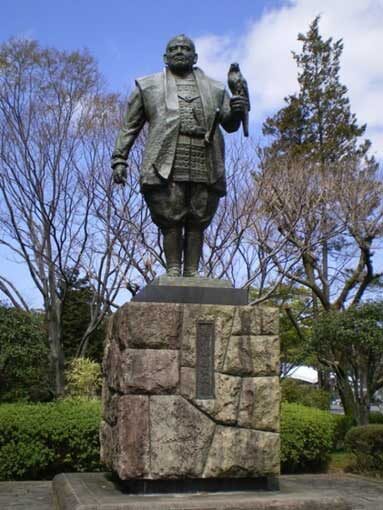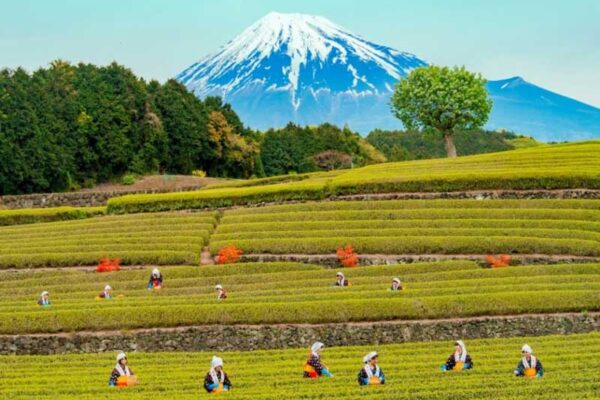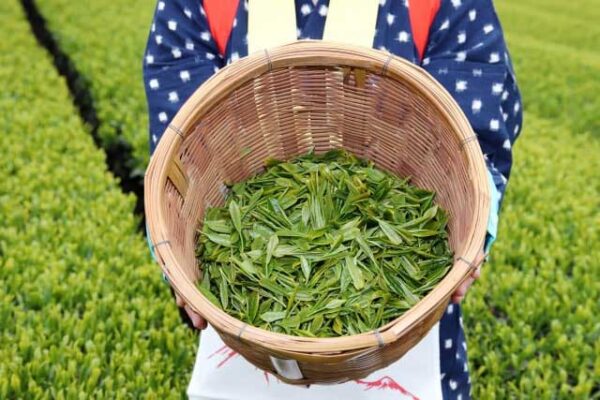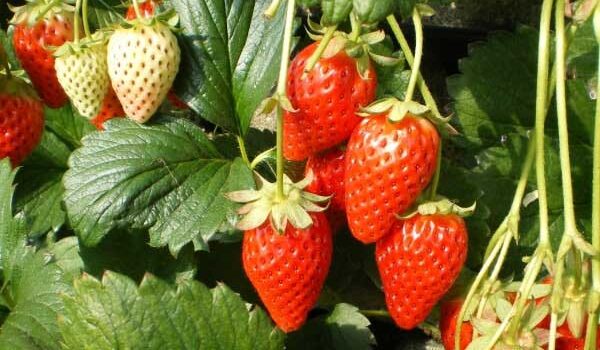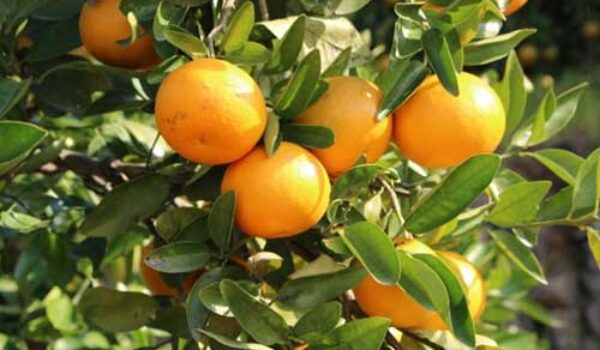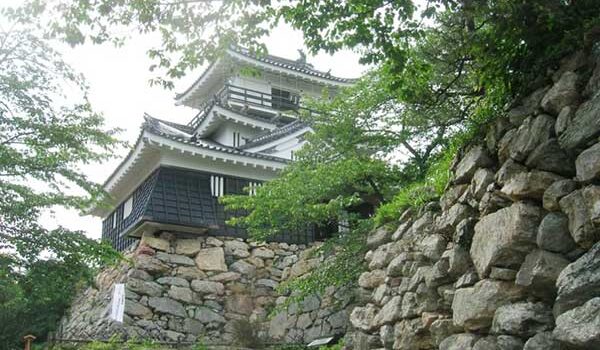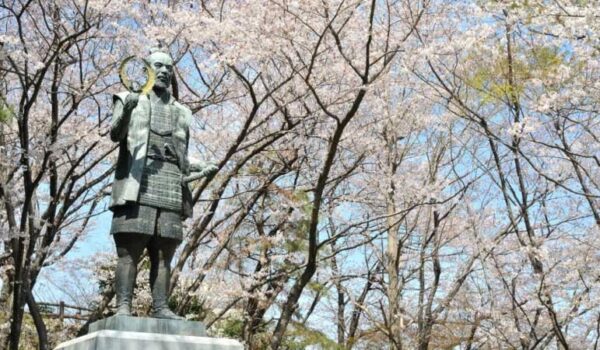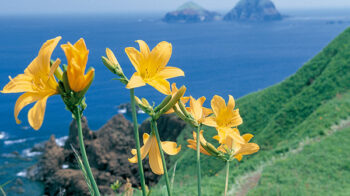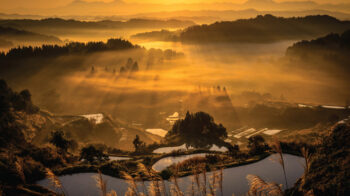Shizuoka
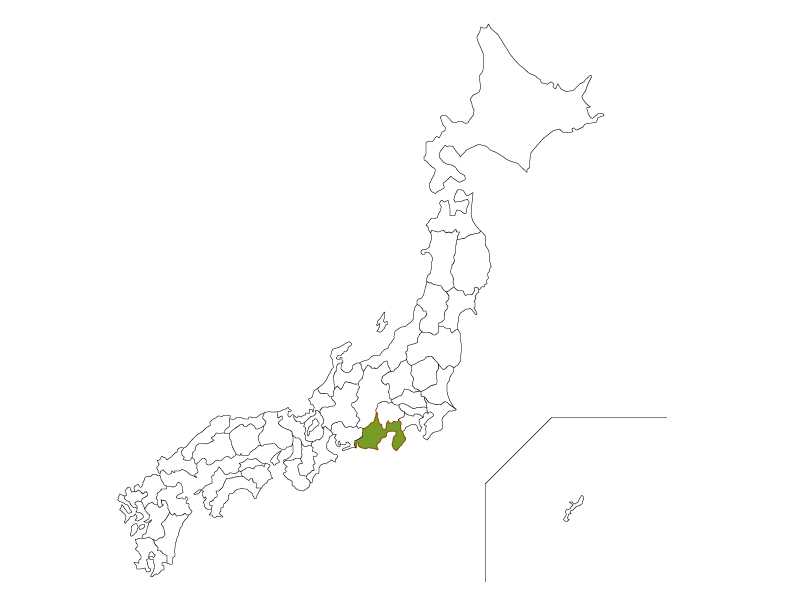
Welcome to Shizuoka.
In this voyage, you visit Shizuoka prefecture which is famous for tea, fruit, Wasabi, Unagi (eel) and above all Mt.Fuji, the symbol of Japan.
In addition, Shizuoka is the place where Tokugawa Ieyasu, founder of Edo Shogunate (1603-1868), spent most of his life.
Undoubtedly, he is the cleverest politician in Japanese history.
Let’s taste the mild climate which attracted him, together with tea, fruits, Wasabi and Unagi (eel) .
Below is the contents of this page.
Day 1 : Ieyasu
Kunou-san Tosho-gu shrine
Although it may sound strange, Tokugawa Ieyasu became a god named Tosho-dai-gongen after his death.
Because according to Shinto, great personages protect the areas related to them even after their death. Moreover, their power grows further after their death, because they’ve surpassed their body which sometimes restricted and weakened them.
Of course, there’s no need to say that this idea has had more significance for the posterity rather than the dead himself.
To enshrine this Tosho-dai-gongen, they built a shrine first in Mt. Kunou (“san” means mountain in Japanese) and 1 year after his death, a small shrine in Nikko.
Yes, originally, Nikko Tosho-gu was a very small shrine.
But his grandson, the third Shogun Iemitsu, rebuilt it into the current colossal temple. Because Iemitsu, who deeply loved Ieyasu, wanted to idolize him further.
Thus Nikko became the most famous Tosho-gu shrine for its gorgeous style. However, Kunou-san is its original and Ieyasu’s remains are placed here based on his will.
Wasabi
Facing to the Suruga-bay, Shizuoka is rich in fresh fish such as thon, shrimp and sardine which we can relish in raw Sashimi or Sushi style.
By the way, when we eat Sashimi or Sushi, we usually dip them in a small plate with Soy sauce (Shoyu) and horseradish called Wasabi in Japanese.
They give not only an important accent in taste but also antibacterial effect.
In many cases, we use Wasabi paste in tube. But for special and expensive plate, we use grated rhizome of Wasabi.
At any rate, the plant of Wasabi grows only in the place where the supplied water is extremely clear.
That is why the production area for Wasabi is quite limited and Shizuoka is one of its few production places.
In 2018, traditional culture technique of Shizuoka Wasabi was designated as a Globally Important Agricultural Heritage Systems(GIAHS).
Sumpu Castle
In 1585, Ieyasu started to construct his castle in Sumpu, the place he spent his childhood and adolescence.
4 years later, he moved to Edo (today’s Tokyo) under the strict order from Toyotomi Hideyoshi, the head of samurai in those days.
But after establishing his Samurai government called Shogunate in Edo in 1603, he returned to Sumpu and stayed there until his death.
In the park, you can find a statue of Ieyasu enjoying falconry.
Ieyasu loved falconry, because it requires high fighting tactics.
Incidentally, Sumpu castle plays an important role in the Kuchikiri tea festival in November.
Day 2 : Hamamatsu
Tea leave (Cha) picking
Notably, in Shizuoka, you can find many tea fields.
Even from the windows of Shinkansen bullet train, you can see beautiful tea fields.
In this voyage, you actually pick tea leaves under the instruction of professional tea pickers and experience tea processing by hand.
Let’s taste the freshly processed tea after working.
Of course, you can experience the tea ceremony and drink tasty Matcha.
Fruits picking
Next, Fruit picking.
It’s a very popular leisure activity in Japan.
Thankfully, in Shizuoka, you can experience various types of fruit picking because its mild climate and beautiful water assure high quality fruits.
Let’s taste the fruits fresh from trees. Of course, you can buy them for souvenir.
Hamamatsu Castle
In 1570, Ieyasu moved his main castle from Okazaki to Hamamatsu because Hamamatsu was strategically more important place.
Under the civil war situation, this redeployment brought some tension among other Samurai lords.
In 1572, Takeda Shingen made inroads in the Ieyasu’s territory and invoked a fierce battle called Mikata-ga-hara Battle.
Completely defeated by Shingen’s, Ieyasu barely escaped alive to his castle.
According to a well known biography, Ieyasu evacuated his bowels to his saddle while escaping.
Moreover, he lost many brave and loyal subordinates by this defeat.
After the defeat of this battle, he had his portrait drawn in a very pitiful style and always kept it on him.
However, after this defeat, he kept on winning battles both in swords and in politics to unify Japan in 1603.
That is why we call Hamamatsu castle “castle of success”.
In the park, you can find the statue of young Ieyasu with a victory plant called “Katsu-kusa”.
Unagi (eel)
Particularly, Hamamatsu is very famous for quality Unagi (eel) grown in Hamana lake.
Located just between Kanto and Kansai, both culture can be mixed in Hamamatsu.
But it is interesting to find that they cut eels always from back side.
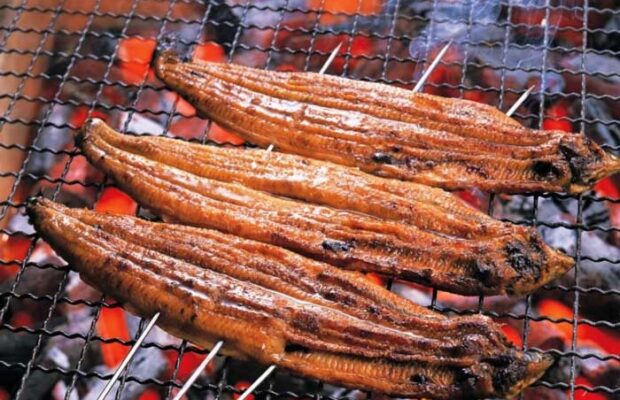
Day 3 : Mt. Fuji
Lastly, Mt.Fuji, a symbol of Japan.
With the height of 3,776m, Mt.Fuji is the highest and most majestic mountain in Japan.
For its divine beauty, people have worshiped Mt. Fuji as a female deity since ancient times.
In 2013, it was designated as the World Heritage site.
Let’s enjoy the beauty of Mt.Fuji to our heart’s content.
In July and August, we can climb to its top.


